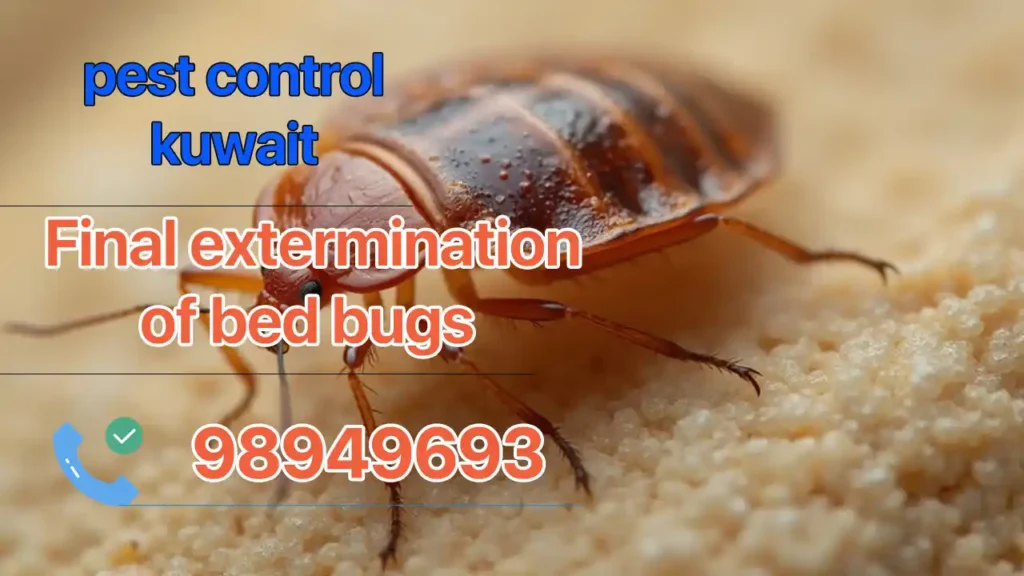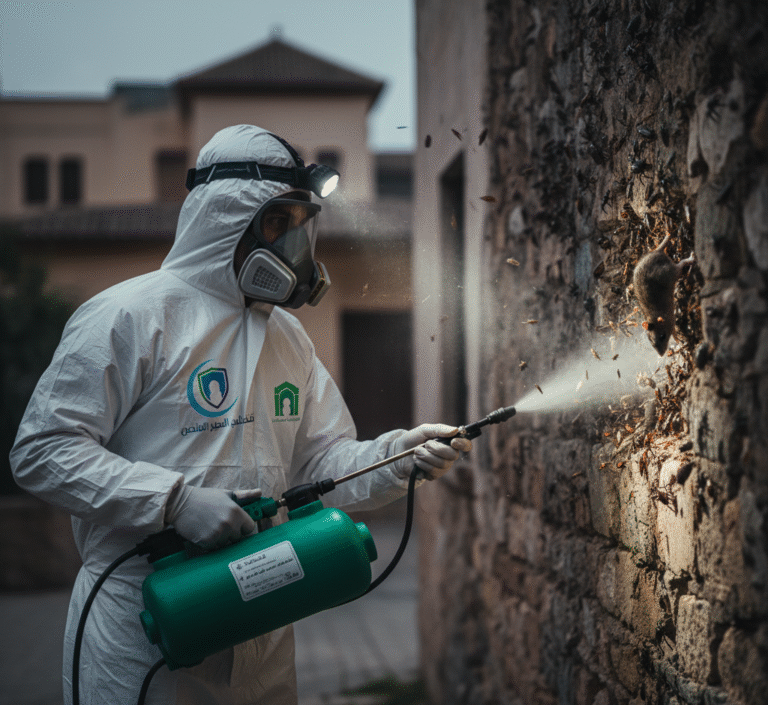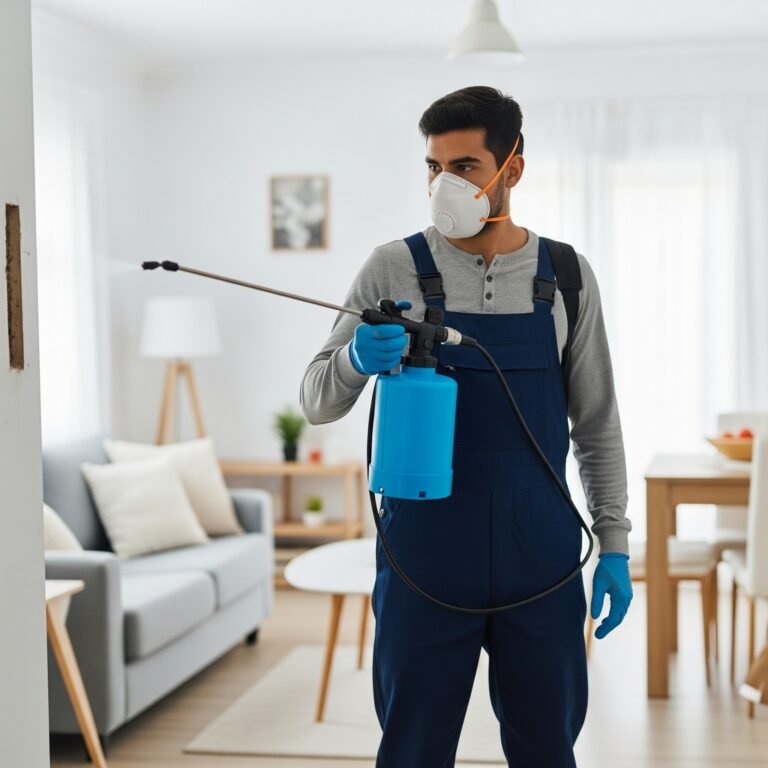bed bugs
Introduction to Bed Bugs
Bed bugs, pest control Contact us on 98949693
scientifically known as Cimex lectularius, are small, reddish-brown insects that primarily feed on the blood of humans and animals. These nocturnal pests typically measure about 4-5 mm.
in length and are notorious for their ability to hide in various crevices, making them difficult to detect. Their flat, oval bodies enable them to nestle into tiny spaces.
, including mattress seams, box springs, bed frames, and even behind wallpaper.
The life cycle of a bed bug consists of stages—egg, nymph, and adult. A female bed bug can lay up to five eggs daily, resulting in rapid population growth if left untreated. Nymphs go through several molts before they reach maturity, and their presence often goes unnoticed until an infestation has occurred. Bed bugs tend to be most active in the dark, using heat and carbon.
dioxide emitted by potential hosts to locate them. Their bite can result in red, itchy welts on the skin, often leading to sleep.
disturbances and anxiety for those affected.
One of the primary reasons bed bugs have become a common household pest is their.
remarkable resilience. They can survive for months without a meal and are capable of hitching rides on personal belongings.
, clothing, and luggage, leading to widespread infestations in homes and hotels. Furthermore, as resistance to conventional treatments increases, pest control becomes more complex.
, necessitating the use of effective strategies that incorporate original pesticides designed specifically for bed bugs.
Addressing bed bug infestations is of utmost importance, not only for comfort but also for health. The psychological stress accompanying sleepless nights and the anxiety concerning potential bites can significantly impact one’s quality of life. It is essential to take proactive measures in preventing and treating infestations to safeguard well-being and restor.
e tranquility within the home environment.
Identifying a Bed Bug Infestation
Recognizing the signs of a bed bug infestation is essential for effective pest management. Bed bugs, scientifically known as Cimex lectularius, can be elusive.
, often leading homeowners to overlook their presence until a significant problem arises. One of the most predominant indicators of a bed bug infestation is the presence of bites on the body. These bites typically manifest as small, red, itchy welts often appearing in a line or cluster. Unlike some other insect bites, bed bug bites usually do not show immediate.
irritation and can take hours or even days to develop.
Additionally, blood spots on mattresses, sheets, or nearby surfaces can signify that these pests are inhabiting your space. These stains are remnants from blood meals taken by the bugs during the night and indicate their feeding habits. It is also common to find shed exoskeletons, which result from the molting process in bed bugs; these husks can be found hidden in cracks, crevices, or along mattress seams. Such physical signs are critical in the early identification of a bed bug presence.
Behaviorally, bed bugs are nocturnal creatures, emerging primarily during the night to feed on their hosts. However, during the day, they tend to hide in tight spaces close to where they feed. Inspecting areas such as bed frames, headboards, and nightstands is vital, as these are common hiding spots. When inspecting these areas, look for their characteristic dark fecal spots, which consist of digested blood. Moreover, a musty odor may be present in severe infestations.
, which is a result of the pheromones released by bed bugs.
In summary, recognizing the signs of a bed bug infestation—through both physical and behavioral.
clues—is essential for timely intervention and management. By promptly identifying these indicators, homeowners can take appropriate action to eliminate these pests effectively.
Understanding Pesticides: What You Need to Know
Pesticides are substances used for controlling various pests, including insects, weeds, and fungi. They operate by targeting critical biological functions of these organisms, disrupting their life cycles and ultimately leading to their elimination. Among various pests, bed bugs have become a notorious concern for homeowners due to their.
resilience and ability to multiply rapidly. Therefore, understanding the types of pesticides available and how they function is essential for effective bed bug control.
There are two primary categories of pesticides: traditional and organic. Traditional pesticides are typically synthesized from chemical compounds, whereas organic pesticides.
are derived from natural sources such as plants or minerals. The use of traditional pesticides can sometimes lead to concerns regarding safety and environmental impact. In contrast, organic pesticides tend to possess a lower toxicity level, making them.
more suitable for households with children and pets. Nevertheless, organic pesticides may not be as potent as their traditional counterparts in certain scenarios, necessitating their intelligent application.
Choosing 100% original pesticides can combine efficacy with safety, ensuring the health of the occupants while effectively eradicating bed bugs. Original products that are designed with environmentally friendly ingredients typically have fewer harmful side effects and present an.
exceptional solution for those wary of using harsh chemicals. Furthermore, many original pesticides offer a residual effect, allowing for prolonged protection against future infestations. When selecting a pesticide, it is vital to consider its efficacy, safety profile, and application method. By understanding these aspects, homeowners can make informed decisions that cater to.
their specific needs while mitigating risks to their family’s well-being.

Choosing the Right Pesticide for Bed Bugs
When it comes to addressing a bed bug infestation, choosing the right pesticide is crucial for effective control. Bed bugs are notoriously resilient, making it essential to select high-quality, 100% original pesticide products specifically designed to target these pests. The first step in this process is to carefully examine the ingredients listed on the pesticide label. Look for active ingredients that are proven to be effective against bed bugs, such as pyrethroids, neonicotinoids, or insect growth regulators. These components have been extensively studied and shown to diminish bed bug populations when applied correctly.
Reading the product label is vital for understanding the application method, toxicity levels, and safety precautions associated with the pesticide. Ensure that the pesticide explicitly states its efficacy against bed bugs and has undergone rigorous testing. A label that includes specific application instructions will also guide proper use, minimizing the risk of ineffective treatment. Additionally, be attentive to any cautionary statements regarding the safety of use around children and pets, as the safety of household inhabitants is paramount.
Another important consideration is to look for pesticides that possess safety certifications from reputable organizations, such as the Environmental Protection Agency (EPA). Products carrying such certifications have been veted for safety and effectiveness, providing an added layer of assurance. It is advisable to avoid unlabelled or unregulated products, as they may not only be ineffective but also pose significant health risks. Ultimately, the right pesticide choice, bolstered by thorough research and awareness of safe application practices, is essential in ensuring a successful bed bug eradication process in the home.
Applying Pesticides Safely at Home
Applying pesticides for bed bug control requires a methodical approach to ensure safety and effectiveness. Proper preparation is essential for minimizing exposure to family members and pets. Before starting the application process, thoroughly read the label on the pesticide product, as it contains vital information regarding safety, application methods, and environmental considerations.
To begin, gather all necessary materials, including the pesticide, protective clothing (such as gloves, goggles, and long sleeves), and any recommended application tools like sprayers or applicators. Ensure that children and pets are kept away from the treatment area, ideally relocating them to an alternative space until the application process is complete and the pesticide has fully dried.
Prior to applying pesticides, remove any clutter and vacuum the infested areas thoroughly. This step not only helps to eliminate some of the bed bugs but also enhances the pesticide’s effectiveness by allowing better contact with the remaining bugs. After vacuuming, dispose of the vacuum bag or empty the canister outside to prevent reinfestation.
When applying the pesticide, follow the manufacturer’s instructions meticulously. Make light, even applications, ensuring that you cover both visible and hidden surfaces where bed bugs may reside, such as mattresses, box springs, and baseboards. It is advisable to apply the pesticide in a well-ventilated space. Open windows and use fans to promote airflow, which helps reduce inhalation exposure.
After application, refrain from touching treated surfaces until they are completely dry, which can take several hours. Additionally, keeping the area sealed off from foot traffic until the pesticide is fully effective helps to maximize its impact while minimizing incidental exposure.
By adhering to these guidelines, one can effectively manage bed bug infestations while ensuring the safety of household members and pets during pesticide application.
Preventing Future Bed Bug Infestations
Preventing future bed bug infestations is a critical aspect of maintaining a pest-free environment after treatment. Implementing a combination of practical tips and rigorous home maintenance can significantly reduce the likelihood of encountering these pests again. One effective strategy involves regular inspection and monitoring of your living spaces. It is advisable to check for signs of bed bugs, including small dark spots or shed skins, particularly in areas where bed bugs are commonly found, such as around the bed frame, mattress seams, and upholstered furniture.
Another vital
preventative measure is ensuring that your home is adequately sealed and pest-proofed. Bed bugs are adept at hiding and can exploit even the smallest cracks and crevices. Sealing any openings in walls, floors, and around windows can provide a robust defense against potential infestations. Additionally, using mattress and box spring encasements designed specifically to keep bed bugs at bay can be a wise investment. These protective covers trap any existing bed bugs and prevent new ones from infesting your bedding.
Incorporating regular cleaning practices into your routine is also beneficial. Vacuuming carpets, rugs, and upholstered furniture frequently can eliminate potential bed bug hiding spots. After vacuuming, it is essential to immediately dispose of the vacuum bag or empty the canister outside to prevent any captured bed bugs from re-entering your home. Moreover, washing bedding, linens, and any fabric items at high temperatures can destroy any potential bed bug eggs or adults hiding within.
Lastly, educating yourself and your household members about bed bugs and how they spread can foster a collective effort to prevent future infestations. Awareness of how to identify these pests and understanding their habits can lead to timely intervention should bed bugs reappear. By adopting these strategies and fostering vigilance, homeowners can significantly mitigate the risk of future bed bug infestations.
When to Seek Professional Help
Bed bugs have become a prevalent issue in numerous households, leading many individuals to consider DIY pest control methods. While certain techniques may initially seem effective, there are specific circumstances when engaging the services of professional pest control experts is essential. It is crucial to recognize the signs that your bed bug problem exceeds the capabilities of household interventions.
One of the primary
indicators that a professional pest control service should be contacted is the severity of the infestation. If you discover multiple bed bugs during your inspection, notice considerable bite marks on your skin, or find shed skins and eggs, it is likely that the infestation has escalated beyond manageable levels. Professional pest control teams possess specialized knowledge and tools that enable them to tackle severe infestations effectively, delivering results that DIY methods often fail to achieve.
Additionally, if your attempts at elimination using 100% original pesticides or other home remedies have not yielded the desired results within a reasonable timeframe, it may be time to seek professional help. Persistent infestations can indicate that the bed bugs have developed resistance to certain treatments or that the methods employed were not comprehensive enough.
Moreover
, individuals who are unfamiliar with pest control chemicals should strongly consider hiring professionals. Misuse of pesticides can significantly harm both health and the environment. Trained pest control experts are equipped to apply these substances safely, ensuring that your home remains a secure place for your family. They can also provide valuable guidance on minimizing future risks, emphasizing preventive measures that are crucial in maintaining an infestation-free home.
Recognizing when to seek professional help in your battle against bed bugs can make a critical difference in regaining control over your living space. By understanding the circumstances that necessitate such action, you can make informed decisions and ensure your home remains free from unwanted pests.
Personal Testimonials: Success Stories
Experiencing a bed bug infestation can be an overwhelming ordeal, but many individuals have successfully navigated this challenge using 100% original pesticides. Their stories not only highlight the effectiveness of these products but also shed light on the emotional toll and the relief that follows successful treatment.
One such success story comes from the Thompson family, who discovered bed bugs in their home during a routine inspection. Initially, they felt despair as they grappled with the idea of a pest invasion. After researching available solutions, they opted for a 100% original pesticide that was safe for their children and pets. “The moment we applied the pesticide, we started noticing a decline in bed bug activity,” Mrs. Thompson remarked. “Within weeks, our home felt normal again, and we could finally sleep peacefully without fear of waking up to bites.”
Another compelling
testimony is from Jon, a college student who faced a bed bug crisis in his dormitory. Faced with inadequate support from the school, Jon took matters into his own hands by purchasing a reputable original pesticide. “I was skeptical at first, but it really worked,” he explained. “It not only eliminated the infestation but gave me back my sense of security in my own space.” His experience underscores the importance of using trusted products when tackling bed bugs.
Moreover, Sarah Smith, a single mother, shared her journey of overcoming the stigma associated with bed bug infestations. “Initially, I was embarrassed to even mention it to friends or neighbors,” she disclosed. “But after using 100% original pesticides that were effective and safe for my kids, I took pride in reclaiming my home. It was empowering.” Sarah’s story reflects the profound impact taking action can have on one’s sense of dignity and personal space.
These testimonials illustrate that with the right approach and products, battling bed bugs is indeed achievable, offering hope and encouragement for others in similar situations. The shift from despair to triumph emphasizes the importance of utilizing original pesticides as part of an effective bed bug control strategy.
Conclusion and Additional Resources
The presence of bed bugs in homes can lead to discomfort, anxiety, and significant disruptions in daily life. Effective bed bug control is essential for safeguarding not only your physical space but also your well-being. Throughout this blog post, we have explored various strategies for managing bed bug infestations, emphasizing the importance of utilizing 100% original pesticides that are safe for home use. Choosing these kinds of solutions not only targets the infestations effectively but also minimizes risks associated with conventional pesticides. It is crucial to prioritize safety when implementing any pest control measures, especially in environments shared with children and pets.
To recap, successful bed bug management involves a thorough understanding of the insect’s behavior combined with diligent application of original pesticides, ensuring that they are used according to manufacturer instructions. Continuous monitoring and preventative practices, such as regular inspections and maintaining a clutter-free environment, additionally aid in keeping these pests at bay. The integration of both chemical and non-chemical methods often yields the best results, offering a comprehensive approach to bed bug control.
Further reading and resources can provide additional insights into effective pest control strategies. We encourage you to explore various articles detailing bed bug identification and advanced treatment methods, as well as instructional videos that illustrate safe pesticide application. Additionally, product recommendations from trusted sources will enable you to make informed choices when selecting the right pest control products for your situation. Implementing these measures promptly can significantly reduce infestation outcomes and restore peace within your living environment.
Taking action today can not only help you eliminate current nuisances but also prevent future occurrences. Understanding and employing effective bed bug control methods are paramount in reclaiming your space from these unwelcome pests.


